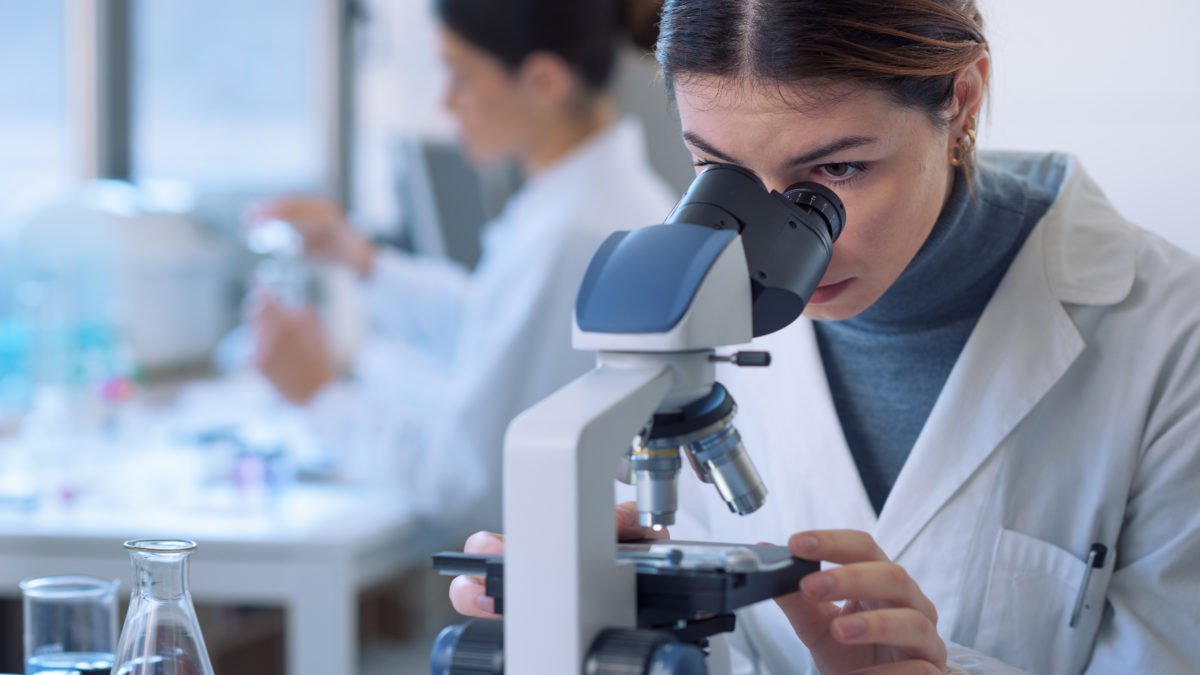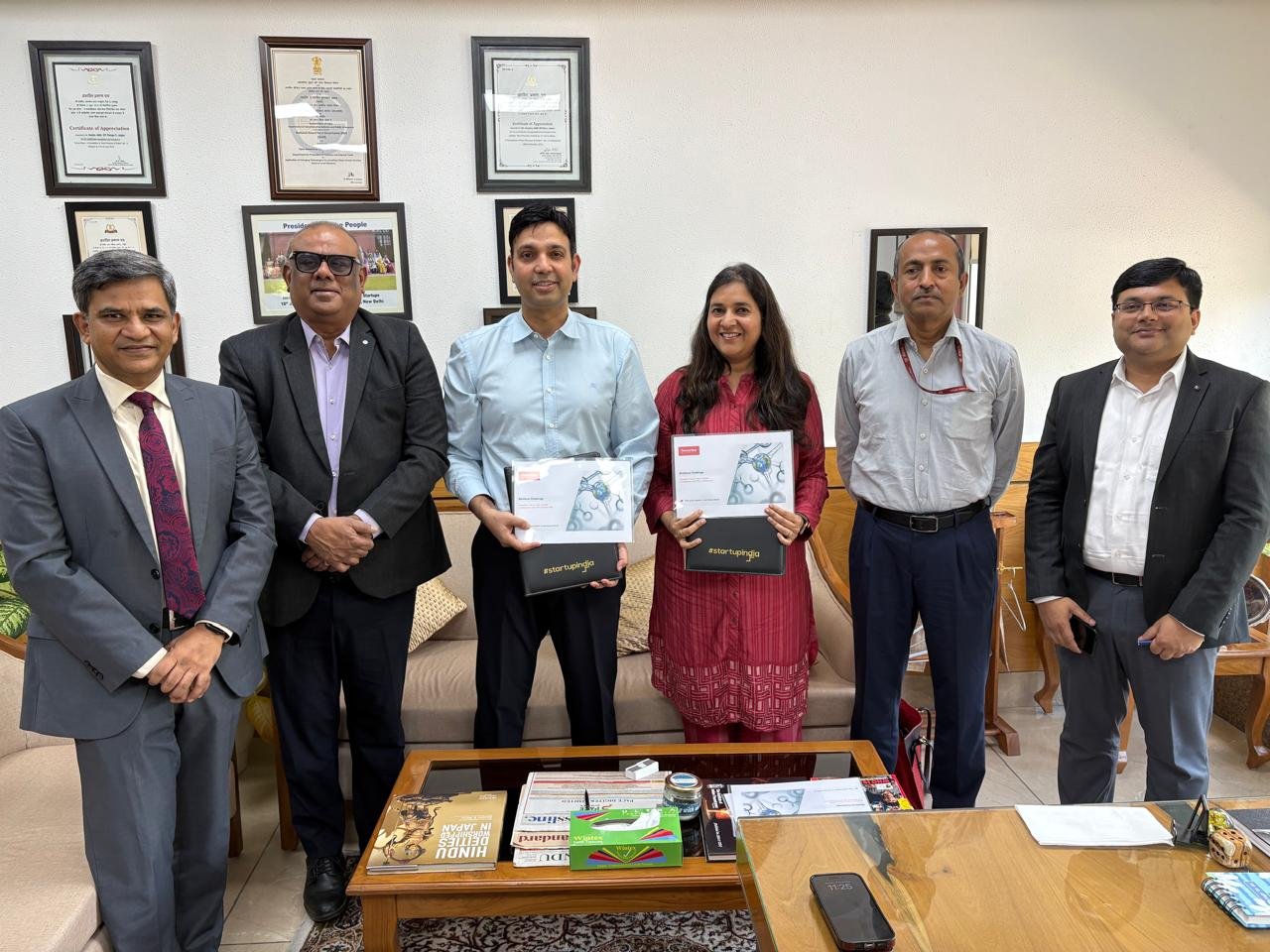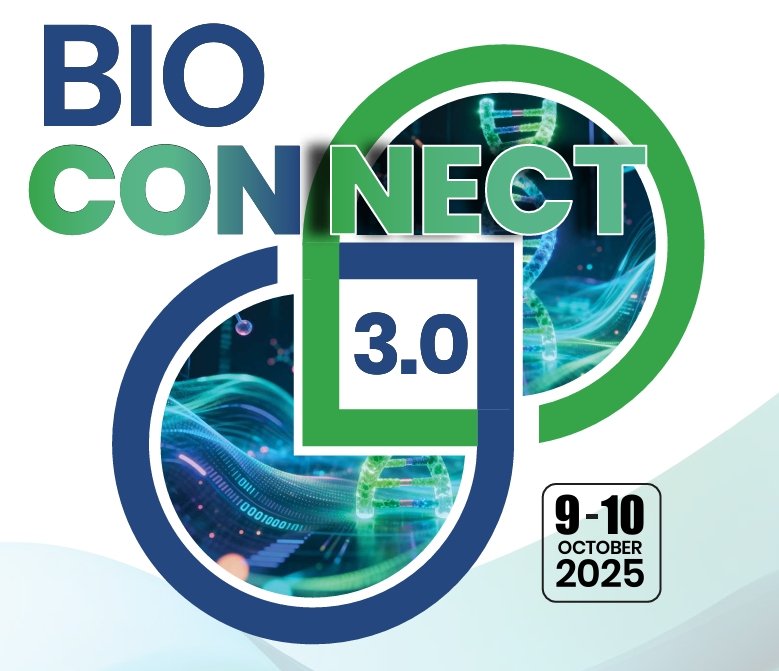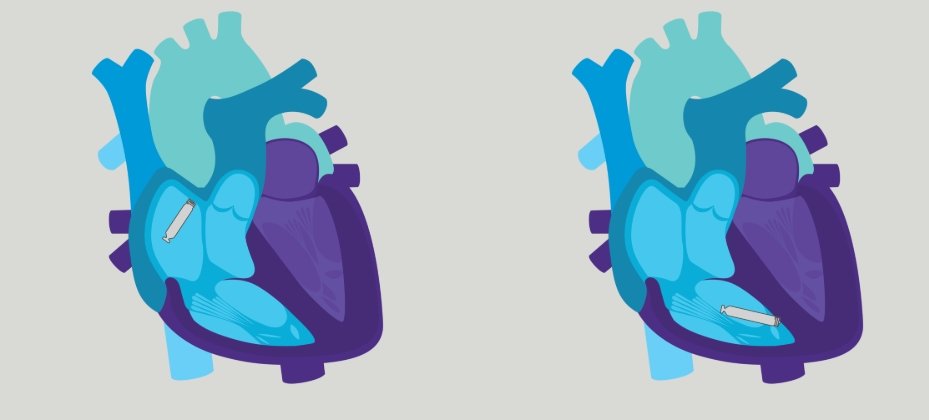NIT Rourkela decodes sugar molecules and bone protein complex to boost bone regeneration technology
August 13, 2025 | Wednesday | News
To aid in optimising drug delivery during treatment and reducing side effects for patients
image credit- shutterstock
Scientists at National Institute of Technology (NIT) Rourkela, Odisha have uncovered how natural sugar-like molecules in the human body can alter the behaviour of Bone Morphogenetic Protrin-2 (BMP-2), a protein responsible for bone formation and repair.
Published in the journal Biochemistry, the findings of this research can be used for advanced treatments in bone and cartilage regeneration, improved implants, and more effective protein-based medicines.
BMP-2 plays a crucial role in forming bones and cartilage, healing injuries, and guiding stem cells to become bone-forming cells. However, in the human body, this protein interacts with different Glycosaminoglycans (GAGs), special sugar-like molecules found in connective tissues and joint fluids.
The NIT Rourkela research team investigated how these different GAGs affect BMP-2 when it is exposed to “stress” in the form of urea-induced chemical denaturation.
The team observed that BMP-2 unfolded faster in the presence of Sulfated Hyaluronic Acid (SHA), a type of GAG, compared to regular Hyaluronic Acid or without additives. The researchers found that SHA binds directly to BMP-2 protein, gently altering its structure and making it unfold in a more controlled manner.
Speaking about the findings and potential real-world impact of this research, Prof. Harekrushna Sahoo, said. “BMP-2 is a critical protein in humans that plays a fundamental role in osteogenesis and bone regeneration, residing within the glycosaminoglycan-rich extracellular matrix environment of bone tissue. Our study reveals how specific GAG–BMP-2 interactions influence unfolding dynamics and structural stability. These insights allow scaffold designs to actively preserve BMP-2’s functional conformation, prolong bioactivity, lower dosage needs, and reduce side effects. Furthermore, the work offers a mechanistic basis for tailoring GAG functional group modifications to modulate protein structure and activity, guiding next-generation pharmaceutical formulation.”










